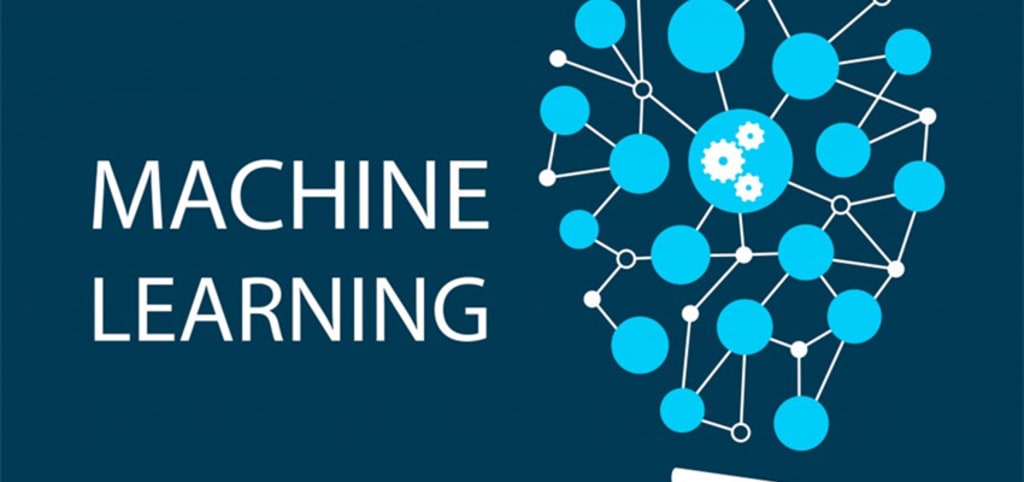
Machine learning, a subfield of artificial intelligence, has gained significant attention and reshaped various industries by enabling computers to learn from data and make predictions or decisions without being explicitly programmed. With its ability to mimic human learning processes, machine learning has revolutionized fields such as healthcare, finance, marketing, and more. In this article, we will delve into the world of machine learning, exploring its fundamental concepts, techniques, and applications, while highlighting its potential and limitations.
I. The Basics of Machine Learning
A. Definition and Core Concepts
Machine learning can be defined as the process by which computers autonomously learn from data and improve their performance on specific tasks over time. It revolves around three fundamental concepts: data, models, and algorithms. Data serves as the fuel for machine learning, providing the necessary information for training and validation. Models are mathematical representations or frameworks that learn from the data, capturing patterns and relationships. Algorithms, on the other hand, are the computational procedures that guide the learning process within the models.
B. Types of Machine Learning
Machine learning can be broadly categorized into three types: supervised learning, unsupervised learning, and reinforcement learning. Supervised learning involves training models on labeled data, where the desired output is already known, enabling the model to make predictions or classifications on new, unseen data. Unsupervised learning, on the other hand, deals with unlabeled data, focusing on identifying patterns, structures, and relationships within the data. Reinforcement learning involves an agent learning from interactions with an environment, receiving feedback in the form of rewards or penalties to optimize its decision-making.
II. Machine Learning Algorithms
A. Regression Algorithms
Regression algorithms aim to predict continuous or numerical outputs based on input variables. Linear regression, polynomial regression, and support vector regression are examples of regression algorithms commonly used in machine learning.
B. Classification Algorithms
Classification algorithms are employed to predict categorical or discrete outputs. Popular classification algorithms include logistic regression, decision trees, random forests, and support vector machines, each with its own strengths and weaknesses.
C. Clustering Algorithms
Clustering algorithms group similar data points together based on their inherent patterns or characteristics. K-means clustering, hierarchical clustering, and DBSCAN are commonly used algorithms in this domain, finding applications in customer segmentation, anomaly detection, and image analysis.
D. Neural Networks and Deep Learning
Neural networks, inspired by the human brain's structure, are complex algorithms composed of interconnected nodes, or artificial neurons, organized in layers. Deep learning, a subset of neural networks, involves training models with multiple layers to extract intricate patterns from complex data. Convolutional neural networks (CNNs) excel in image and video analysis, while recurrent neural networks (RNNs) are effective in sequential data analysis, such as natural language processing and speech recognition.
III. Applications of Machine Learning
A. Healthcare
Machine learning has transformed the healthcare industry, enabling early disease detection, personalized medicine, medical imaging analysis, drug discovery, and improving patient outcomes through predictive analytics.
B. Finance
Machine learning algorithms are extensively employed in finance for credit scoring, fraud detection, algorithmic trading, risk assessment, and portfolio management, augmenting decision-making processes and mitigating financial risks.
C. Marketing and Customer Relationship Management
Machine learning powers recommender systems, customer segmentation, sentiment analysis, and demand forecasting in marketing. It enhances personalized marketing campaigns, customer retention strategies, and improves overall customer experience.
D. Autonomous Vehicles and Robotics
Machine learning plays a crucial role in autonomous vehicles, enabling real-time perception, object detection, path planning, and decision-making capabilities. In robotics, machine learning enables robots to learn and adapt to their environments, perform complex tasks, and collaborate with humans.
IV. Limitations and Ethical Considerations
A. Data Bias and Fairness
Machine learning models heavily rely on the quality and representativeness of the training data. Biased data can result in biased models, perpetuating unfair treatment or discrimination. Ensuring fairness, transparency, and accountability in machine learning systems is essential.
B. Interpretability and Explainability
Some machine learning models, such as deep neural networks, are often referred to as "black boxes" due to their complex inner workings. The lack of interpretability and explainability raises concerns regarding trust, ethical decision-making, and potential biases.
C. Data Privacy and Security
As machine learning systems leverage vast amounts of personal and sensitive data, ensuring data privacy and security becomes paramount. Protecting individuals' information and preventing data breaches should be prioritized.
Conclusion
Machine learning has emerged as a transformative technology, enabling computers to learn from data, recognize patterns, and make predictions or decisions like humans. With its wide range of algorithms and applications, machine learning continues to revolutionize industries and improve various aspects of our lives. However, addressing challenges such as data bias, interpretability, and ethical considerations is crucial to ensure the responsible and beneficial deployment of machine learning in the future. As the field continues to evolve, machine learning holds immense potential for reshaping industries and advancing our society in unprecedented ways.





Comments
There are no comments for this story
Be the first to respond and start the conversation.